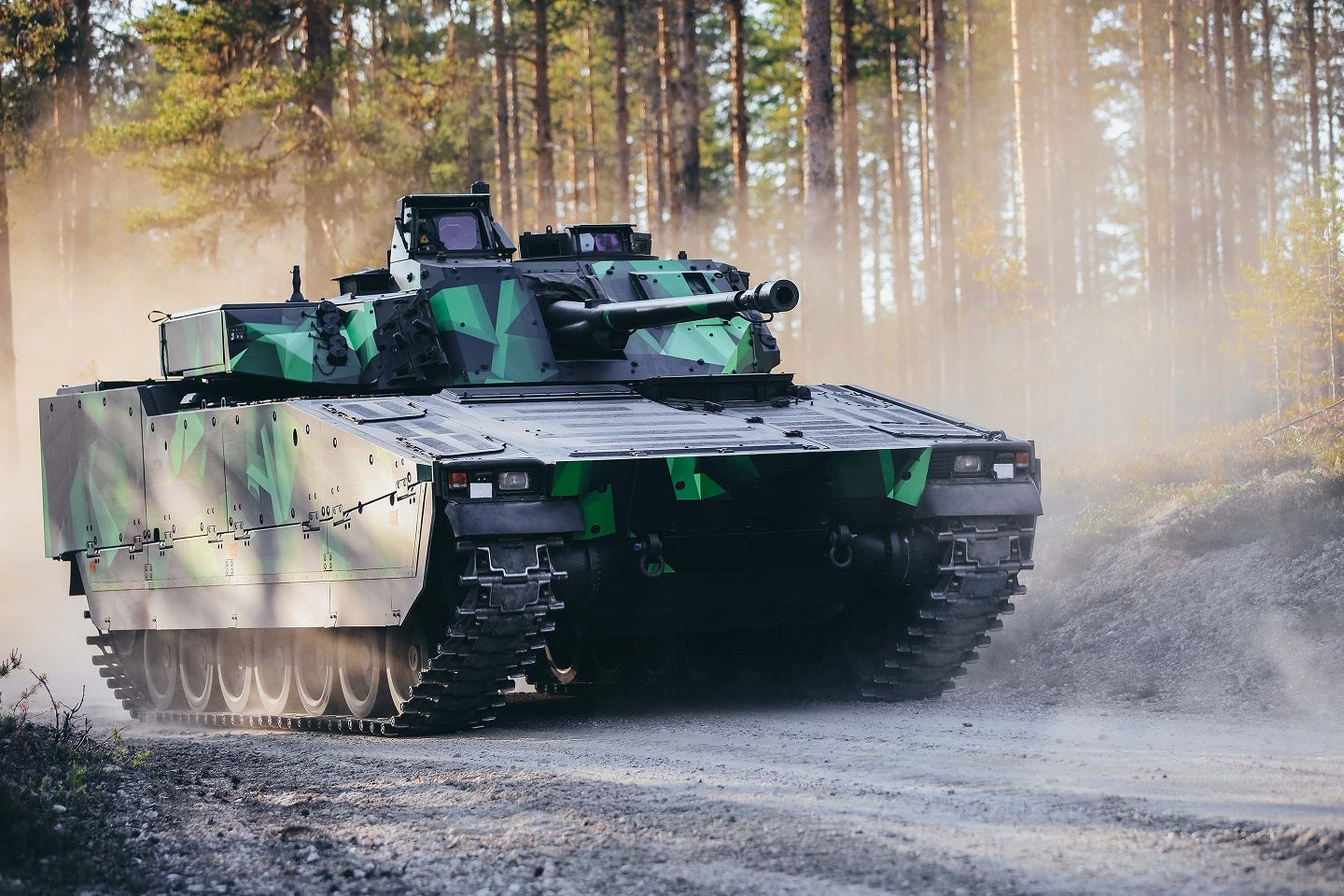
Czechia agreed to purchase 246 CV90 Swedish combat vehicles for $2.2bn from the Swedish defence procurement administration (FMV) and BAE Systems Hagglunds on 24 May.
The following day, Slovakia procured sight and fire control capabilities from Saab for the 152 CV90s it acquired from BAE Systems Hagglunds in December last year.
BAE Systems Hagglunds will develop and delievr Czechia’s CV90s through an industrial partnership with Czech industry. The Czech industrial partners will deliver 40% of the acquisition’s value in development, production and assembly contracts, not included value added tax.
The contract will bolster the local defence sector, granting access to BAE Systems’ global supply chain and expanding opportunities for co-operation.
The CV90 MkIV, the latest generation of the leading infantry fighting vehicle (IFV), has been deployed around the world in coalition operations under both Nato and United Nations mandates. Czechia have now become the ninth user of the platform.
Meanwhile, Slovakia has enhanced the 152 CV90 vehicles with sight and fire control capabilities.
Saab’s sight and fire control capability for tanks and combat vehicles provides precision and a high probability hit rate against ground and air targets.
What does the CV90 bring to Europe’s arsenal?
GlobalData land domain analyst, Tristan Sauer, points out the modularity of the platform. This is a critical feature – exhibited by the Slovakian integration of its new sight and fire capability – that will prove useful amid European mobilisation.
“The CV90 is definitely one of the most reliable and versatile IFV platforms on the current market, with numerous features which make it a prime platform for Nato member states.
“Though it can be considered a ‘legacy’ platform in some respects due to its original design having been fielded during the early 1990s, the CV90 was one of the first platforms designed following the principles of Nato’s Generic Vehicle Architecture (GVA), providing a truly modular armoured platform which could be readily adapted and modified through the integration of various specialised modules and subsystems.
“It is for this reason that the CV90 remains one of the most popular IFV platforms in Nato today, as the system’s inherent modularity has enabled various nations to modernise their IFV fleets based on their individual operational requirements while maintaining a significant level of interoperability and logistical parity with allied forces.”
This is further evidenced by the various CV90 upgrade and modernization packages which have been undertaken in recent years by nations including the Netherlands, Norway and most recently Slovakia, showcasing the continued appeal of this platform within Nato’s ranks of mechanised units.”




